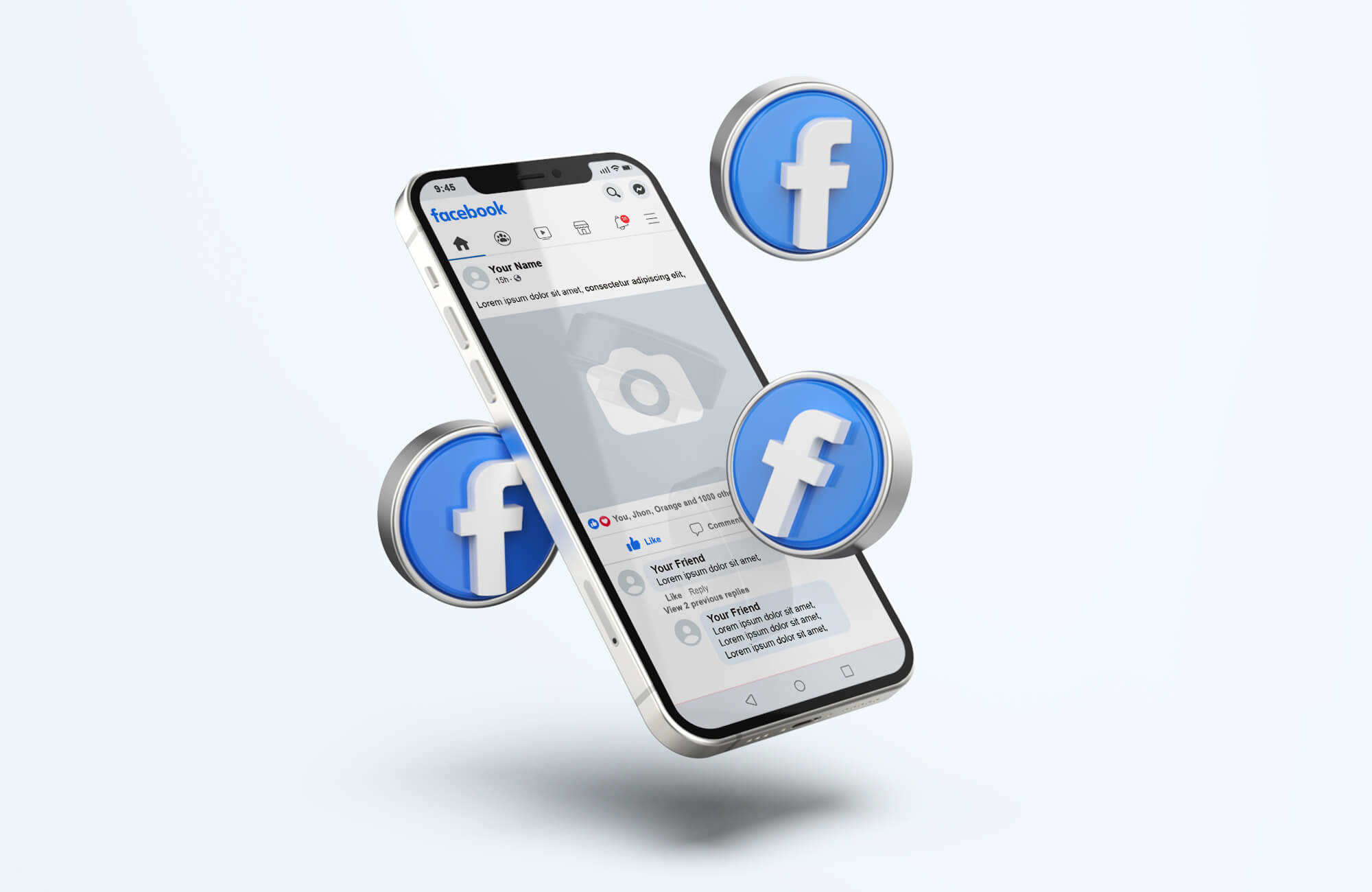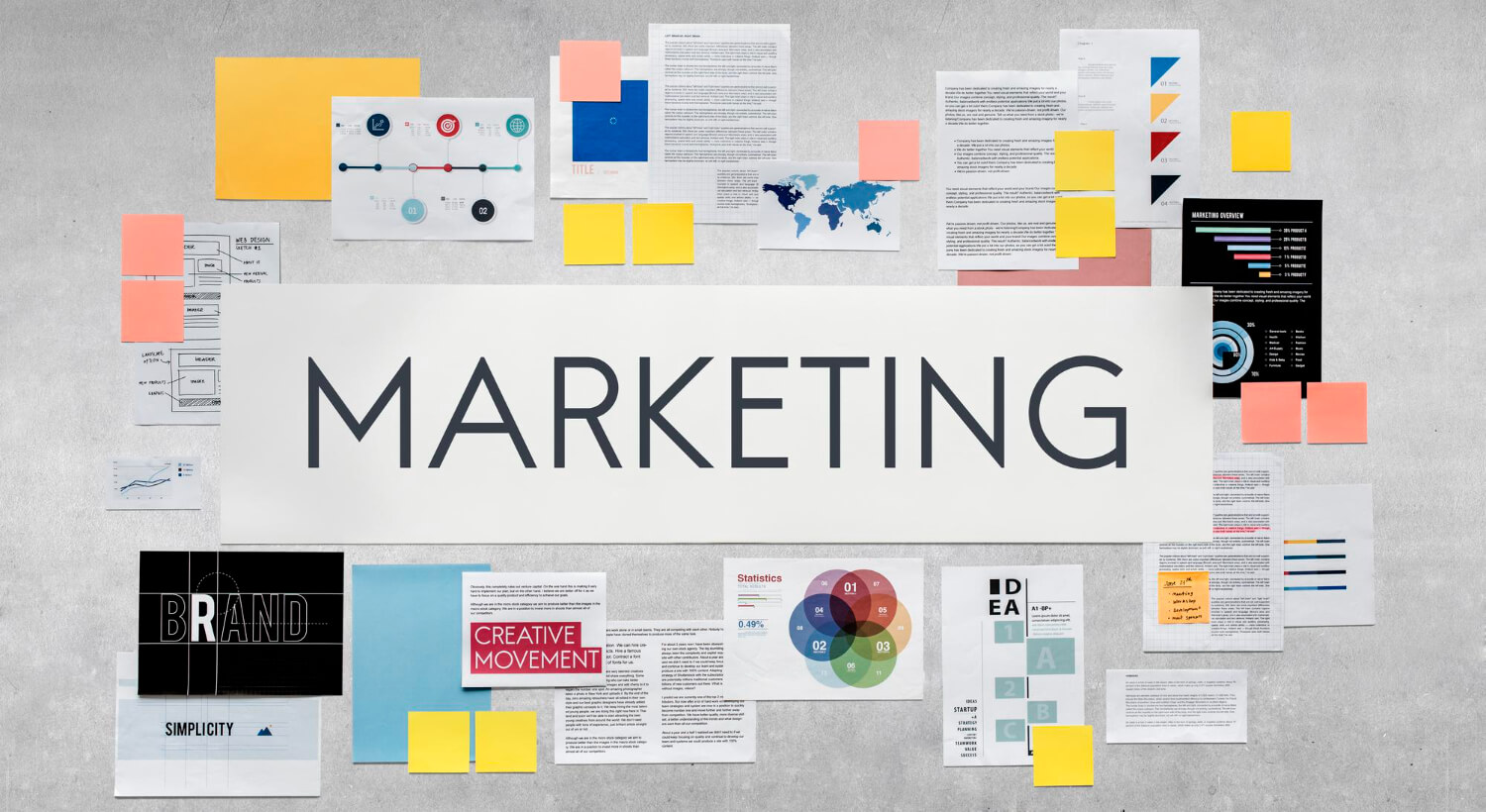Social Media Strategies
How do you social media tools and tactics that ‘fit’ your company? Start with a…
Our content is reader-supported. Things you buy through links on our site may earn us a commission
Never miss out on well-researched articles in your field of interest with our weekly newsletter.
Subscriber

How do you social media tools and tactics that ‘fit’ your company? Start with a…

In this time of information overload, contradictory messages, and fast-changing marketing ‘Best Practices”, some of…

Launched today, Mashable reported on Facebook’s new Page redesign - giving users an experience more…

Privacy is a concern for all of us, especially if your business is starting to…

Creating and configuring a call-to-action and landing page is fairly easy, and even novice users…

We’re in the very early stages of learning how social networks and social media tools…

Hispanic market news and article sources let you see what’s important to this niche and…

Credible, relevant FREE data sources to research the US Latino population
Backlinks are links from other sites that are directed to your site. Backlinks are widely…

Press releases don’t always work. So don’t send them out thinking they’re going to get…

What’s great about breaking news is that it answers the “Why now?” question for the…

By reading these blogs, your market research becomes much more than research. It becomes a…

Before actually reaching out to Gen Y, companies must first spend time listening and learning…

Offered by SEOmoz.org, “The Beginner's Guide to Search Engine Optimization (SEO) is an in-depth tutorial…
Google Docs is a free, Web-based word processor, spreadsheet, presentation, form, and data storage service…

For organic SEO, use social networks often, post good content, respond to blog posts and…